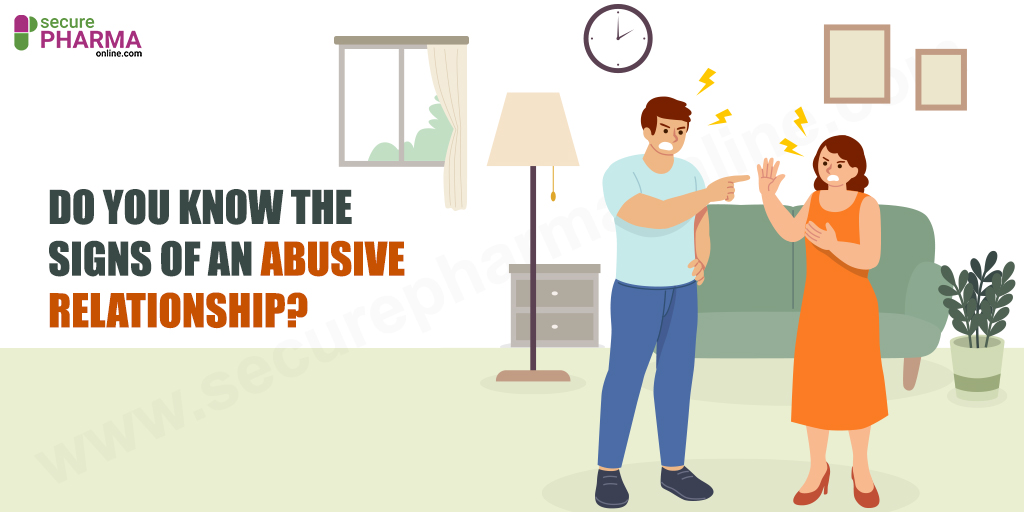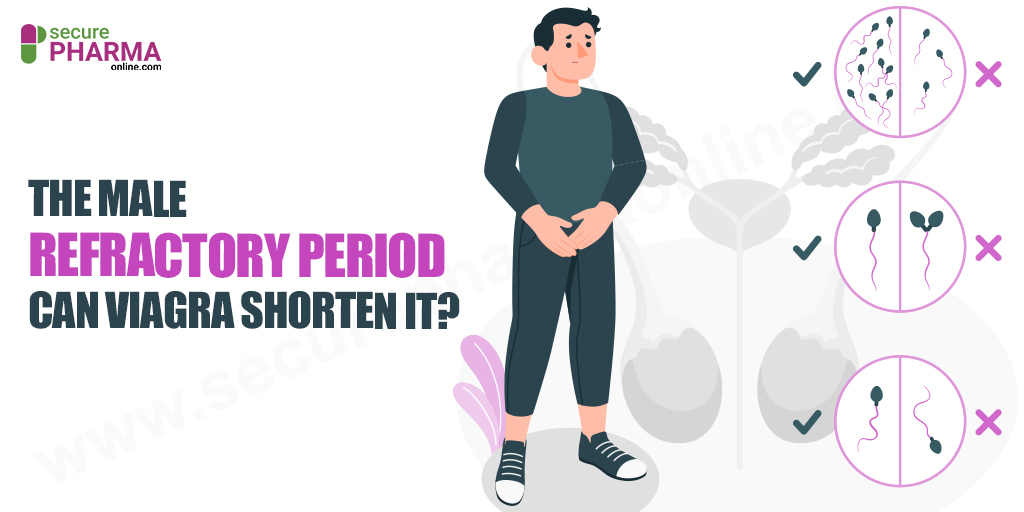High Testosterone Levels in Women: Signs, Causes &Treatment

What is Testosterone?
Testosterone levels in men are usually higher as compared to those in women. Men have approximately 20 times higher testosterone levels than women. In women, normal testosterone levels fluctuate between 15 and 70 nanograms per deciliter (ng/dL) of blood. Normal testosterone levels in women are vital for maintaining overall health and well-being.
Testosterone is a sex hormone found in the bodies of both, men and women. In men, the testicles primarily produce testosterone. In women, this hormone is mainly produced by the ovaries and adrenal glands, though in very small amounts.
The normal level of testosterone in the bloodstream continually changes depending on thyroid function, protein status, and other factors. Testosterone levels reach their peak around age 18 and start declining with increasing age.
Testosterone together with estrogen (female sex hormone), is responsible for the growth and development of women’s body mass and the repair of women’s reproductive tissues.
Hormones in a body control the metabolism as well as the normal functioning of the body.
Testosterone levels also directly influence the changes in women’s behaviour, their mood swings, etc. The level of hormones produced in the body does not remain constant throughout the day, it changes every minute. If the level of testosterone is too low or too high, it adversely affects the human body.
Symptoms or Signs of Abnormal Testosterone Levels in Women:
Abnormal hormone levels can have negative side effects on a human. When the testosterone level is lower than 15 ng/dL it may cause various problems such as the ones mentioned below:
- Irregular menstrual cycles
- Low sex drive
- Vaginal dryness
- Fertility problems
- Breast tissue changes, etc.
Testosterone levels higher than 70 ng/dL may result in the following health issues:
- Obesity
- Blood sugar problems
- Polycystic ovary syndrome (PCOS)
- Skin breakouts or acne
- Hair fall or balding
- Facial hair growth
- Voice deepening
- Infertility (in severe cases), etc.
Causes of High Testosterone Levels in Women
Various hormonal disorders may lead to the production of excessive testosterone in women. This condition is also known as Hyperandrogenism. Commonly known causes of Elevated Testosterone are Polycystic Ovary Syndrome (PCOS), Hirsutism, and Congenital Adrenal Hyperplasia.
Polycystic Ovary Syndrome (PCOS)
Polycystic ovary syndrome (PCOS) is a hormonal disorder that affects women mainly during puberty. It affects around 10% of women worldwide before their menopause phase. Women in their 20s and 30s and children as young as around 12 years old can suffer from PCOS.
Symptoms of PCOS include the following:
- Irregular, infrequent, or prolonged menstrual periods
- Enlarged ovaries
- Excessive body hair
- Obesity
- Miscarriage
- Infertility
- Depression
- Type 2 diabetes
Hirsutism
Hirsutism is a condition in which a female body produces excessive body hair, mainly facial hair as a result of a high amount of androgen (male hormone) level. It may be caused due to high levels of androgen secretion and other hormonal changes during the menopause phase. In this case, Women tend to develop coarse, dark hair growth on the upper lip, chin, chest, abdomen, or back, instead of fine hair.
Congenital Adrenal Hyperplasia (CAH)
Congenital Adrenal Hyperplasia is a group of hormonal disorders that affect the adrenal glands (hormones that help control heart rate and blood pressure) and limit the normal bodily growth of a human being. In certain cases, it can turn out to be fatal.
In females, CAH causes uncertainty in the genitals at birth and after puberty – excessive pubic hair, enlargement of the clitoris, etc. Women with CAH are generally shorter than average due to early puberty and rapid growth as a child.
Heredity
High testosterone level in women can also be a result of genetic and medical conditions which is passed from parents to the offspring. Maternal hyperandrogenism, where the hormonal irregularities of the mother affect the development of the child, results in the passing of polycystic ovary syndrome (PCOS) from mother to child.
Menopause
During menopause, the ovaries stop releasing estrogen and androgen hormones. But estrogens are controlled at a faster rate than androgens. In that case, estrogen levels can drop enough that there are substantially higher androgen levels leading to high testosterone levels.
Postmenopausal women who have higher testosterone levels may be at greater risk of heart disease, insulin resistance, and metabolic syndrome compared to women with lower testosterone levels.
Diagnosis
High testosterone levels are most often diagnosed by checking for signs of hirsutism, for example, excess hair growth. Other factors such as obesity, menstruation pattern, and medical history also help in the diagnosis of high testosterone levels in women.
The presence of hirsutism is usually determined by using a standardized scoring system of hair growth. Hirsutism is present in up to 80% of patients with hyperandrogenism, while acne and androgenic alopecia are other common androgenic skin changes that help to diagnose the medical condition.
Laboratory tests also help evaluate hormone levels in the body. Keep in mind, abnormally high levels of any hormones help in the diagnosis.
Treatment
- Oral contraceptive pills (OCPs) or birth control pills—These may help treat high testosterone by increasing estrogen and progesterone levels while lowering androgens.
- Spironolactone – This is an anti-androgen drug that decreases the production of testosterone.
- Combination therapy using both of the above
One can buy birth control pills such as Ovral L and Ovral G at a cheaper price by visiting our website.
Conclusion
The imbalance of hormone levels has severe negative effects on your health, and your well-being may be at risk. Obesity, increased body hair, prolonged menstrual cycle, menstrual irregularities, and severe changes in body muscle and body mass can occur from an imbalance of testosterone.
Testosterone is a vital sex hormone that plays more than an important role in a woman’s overall health. If you observe a noticeable change in your body relating to any of these symptoms, you must consult your doctor. Some side effects are treatable with proper medication. However, there is not too much to worry about as medication also does a highly effective job at suppressing the discomfort.
April 21, 2021 Sam Bell











Comments